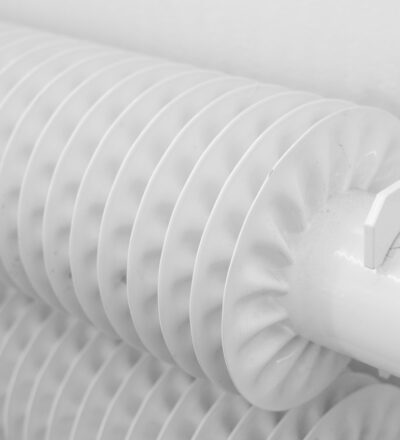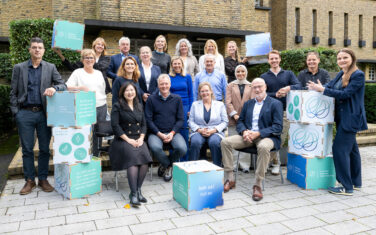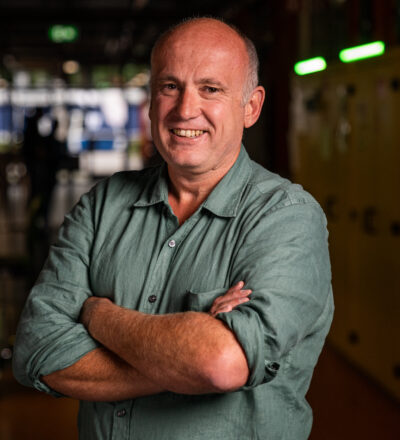In a truly circular economy, the process industry uses products and raw materials over and over again. But more those products go around, the more components (read: traces) they contain that also need to be taken out again. Our project TREPS (Trace Removal Using Electrically Powered Separations) deals with trace removal using electricity.
In short:
- To keep a clean loop, traces like chlorine and fluorine need to be separated.
- TREPS deals with trace removal using electricity
- To do this in a sustainable way, electrification is a promising route
Our goal: keeping the loop clean
The TREPS project will deal with the removal of traces from a stream using electricity driven separation processes. Such traces can disrupt processes even in extremely small amounts, disrupt processes, but their removal is extremely complex and energy-intensive, and therefore expensive.
The critical assessment of the suggested technologies takes place in the form of stage gating: the initially defined main and process stages are closed with ‘gates’ (gates) that are only ‘opened’ when the predetermined requirements are met.
About the project
TREPS is part of our LTP programme, which is aimed at developing process technology for 2050. Value chains from raw materials to end products in industry are expected to have changed radically by then. All projects within LTP deal with technology that does not yet exist today.
Within LTP the most promising technologies are being discussed and determined to shape that. In this way, we outline the most promising routes towards sustainability per topic and determine the follow-up steps to actually put it into practice.


